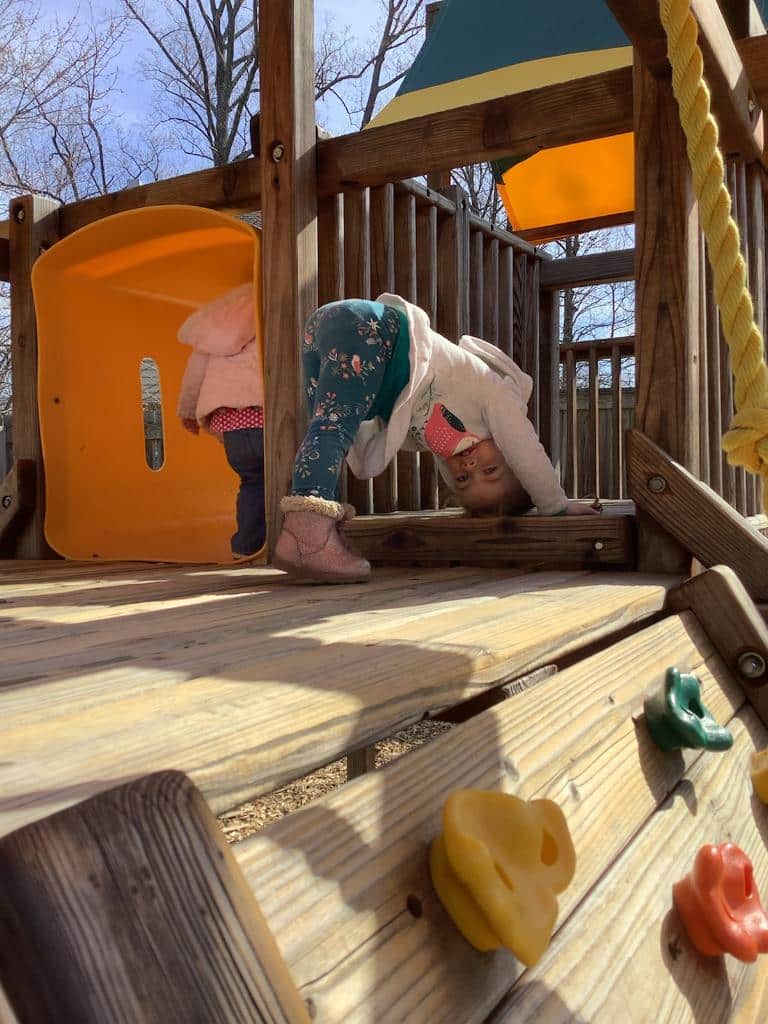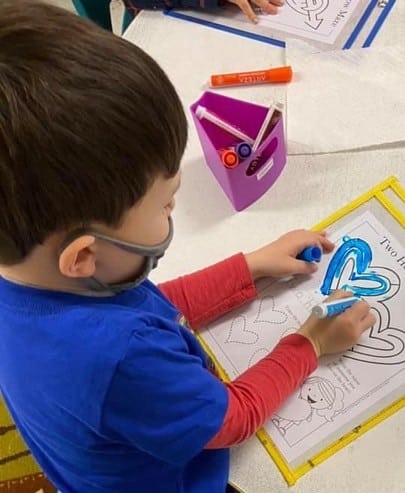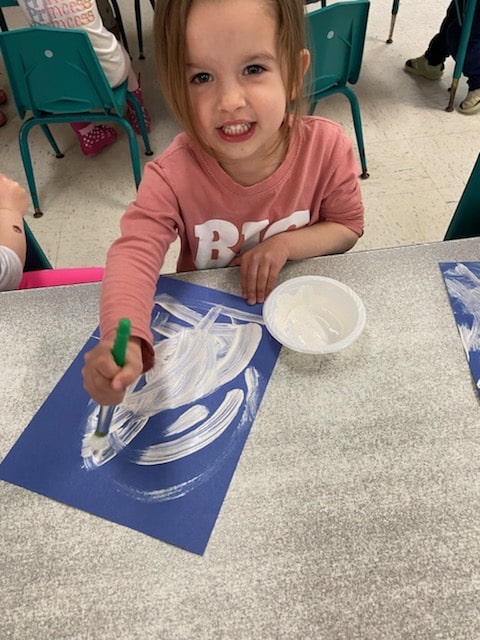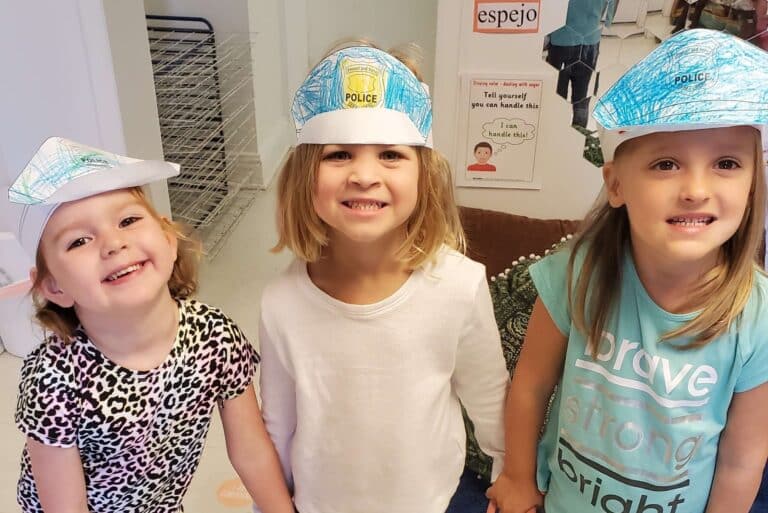For March, we are focusing on the topics of Growth Mindset versus Fixed Mindset as well as Stress and Worry.
This week, we discussed with the staff how Creating Calm in any situation is so important. Why does creating calm matter?
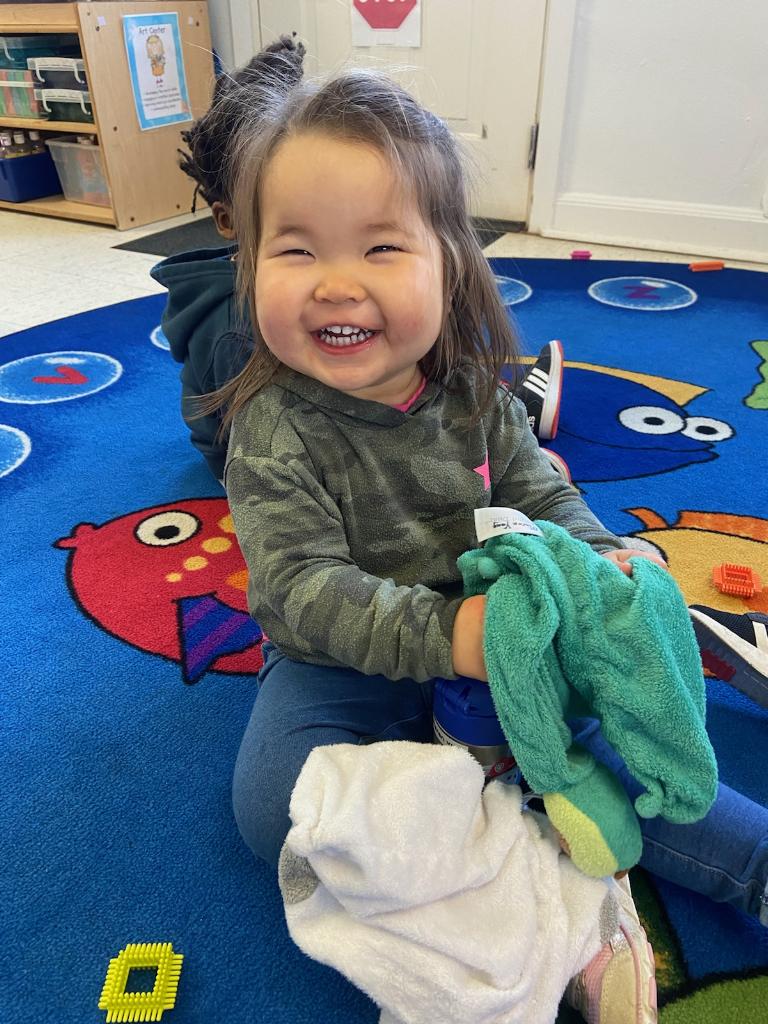
The first rule of anxiety management is: do something about your freak-outs before you freak out. Anxiety isn’t neat and tidy. There’s no pattern. There might be some obvious triggers, but you don’t always know when it’s going to come out of nowhere and bite you.
We discussed all about building your capacity for calm- not just once you become anxious, but beforehand, when things are going pretty well. Because…
Relationship is a skill- As with any skill, you get better with practice. Touching base with calm throughout the day helps us to regulate our feelings.
Learn when calm- Overwhelmed mode is not the best time to learn a new trick. Learning calming strategies while we are already relatively calm means that we can use them when we are stressed.
Turn it down- Doing a little calm prep helps us to better manage anxiety-provoking situations. If anxiety is a pan of boiling water, calm prepping is a way of turning the heat down to a simmer.
Here are 8 ways a child’s anxiety shows up as something else:
- Anger- The perception of danger, stress, or opposition is enough to trigger the fight or flight response leaving your child angry and without a way to communicate why.
- Difficulty Sleeping- In children, having difficulty falling asleep or staying asleep is one of the hallmark characteristics of anxiety.
- Defiance- Unable to communicate what is really going on, it is easy to interpret the child’s defiance as a lack of discipline instead of an attempt to control a situation where they feel anxious and helpless.
- Chandeliering- Chandeliering is when a seemingly calm person suddenly flies off the handle for no reason. They have pushed hurt and anxiety so deep for so long that a seemingly innocent comment or event suddenly sends them straight through the chandelier.
- Lack of Focus- Children with anxiety are often so caught up in their own thoughts that they do not pay attention to what is going on around them.
- Avoidance- Children who are trying to avoid a particular person, place, or task often end up experiencing more of whatever it is they are avoiding.
- Negativity- People with anxiety tend to experience negative thoughts at a much greater intensity than positive ones.
- Overplanning- Overplanning and defiance go hand in hand in their root cause. Where anxiety can cause some children to try to take back control through defiant behavior, it can cause others to over plan for situations where planning is minimal or unnecessary.
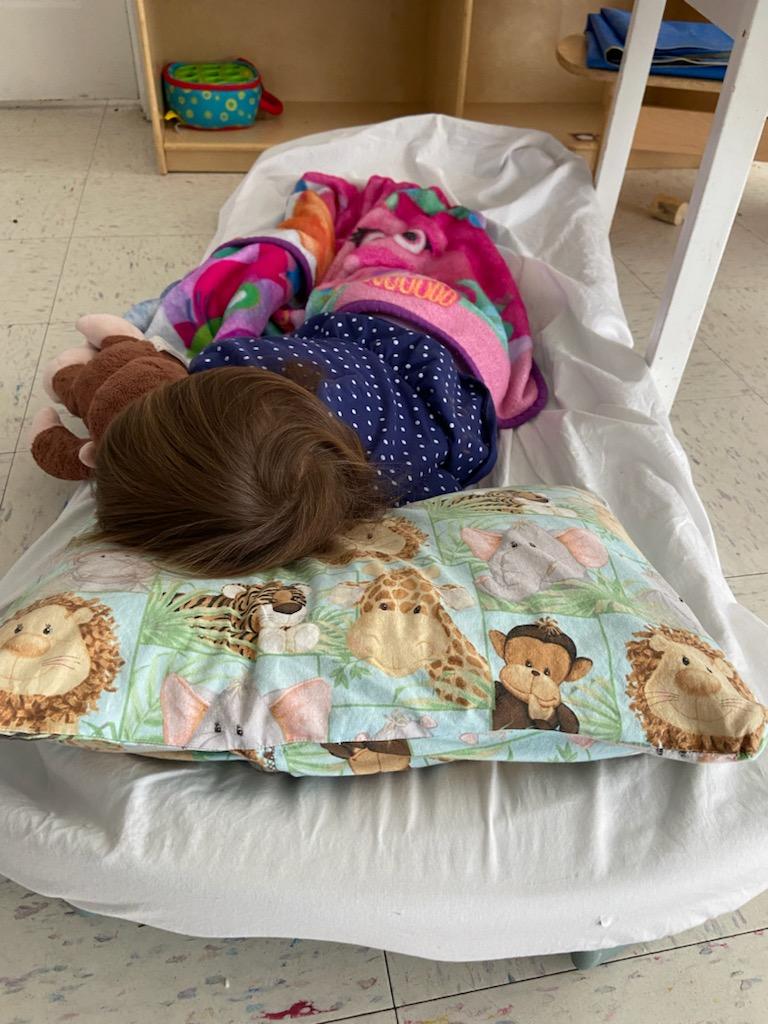
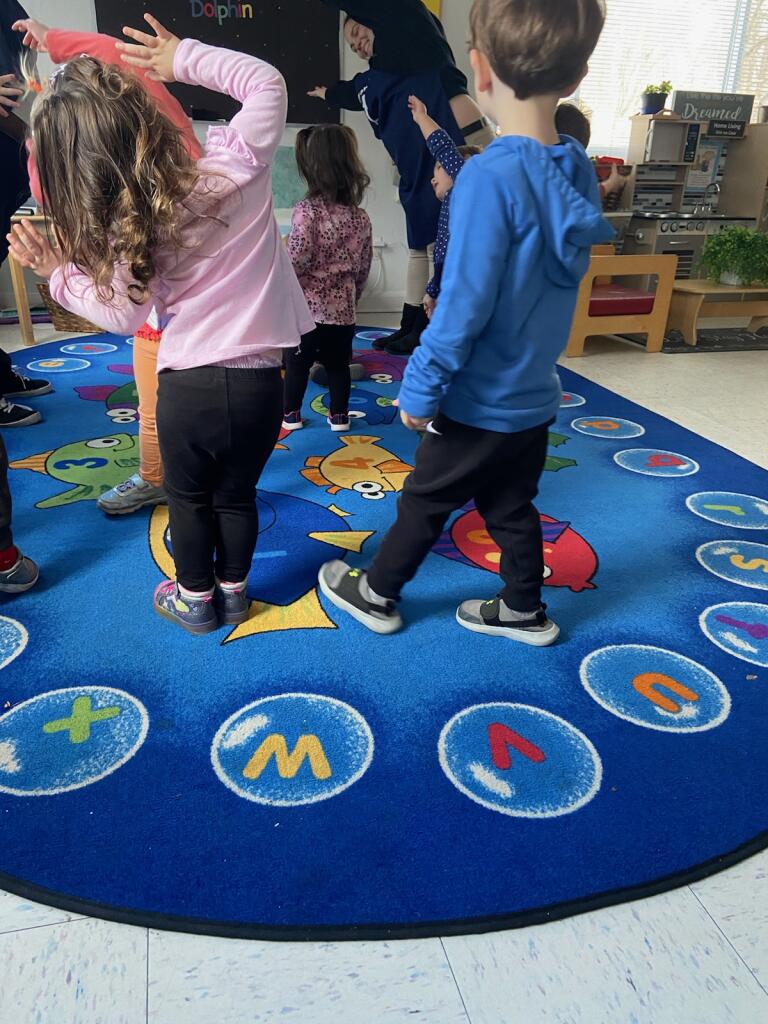
Something that was shared with the staff is Square Breathing:
Be square! This 4×4 technique is a way to take charge of your breathing.
1. Breathe in, count 1, 2, 3, 4
2. Hold 2, 3, 4
3. Out 2, 3, 4
4. Hold 2, 3, 4
5. And again
6. Repeat this process until your breath is in check and you feel steady and calm.
This technique is helpful in any situation, especially when feeling stressed, worried, overwhelmed, or angry. It’s also important to know you can do this technique any time, even when you’re not feeling hard feelings.
We encourage you and your family to add Square Breathing into your day.
Be sure to come back next week as we discuss more about Mindset, Stress, and Worry.


